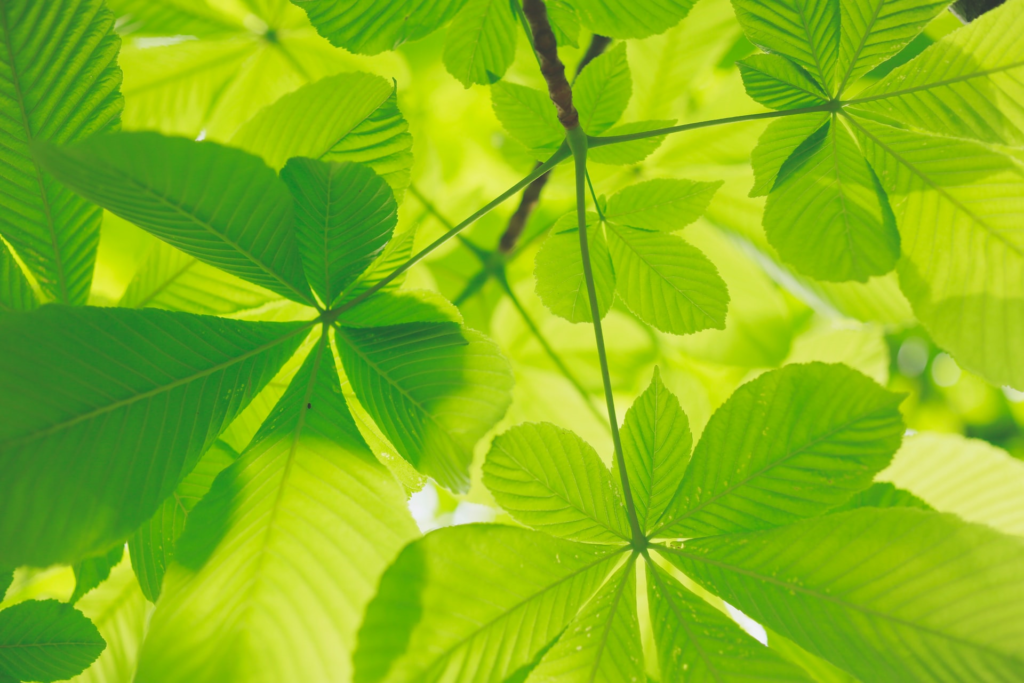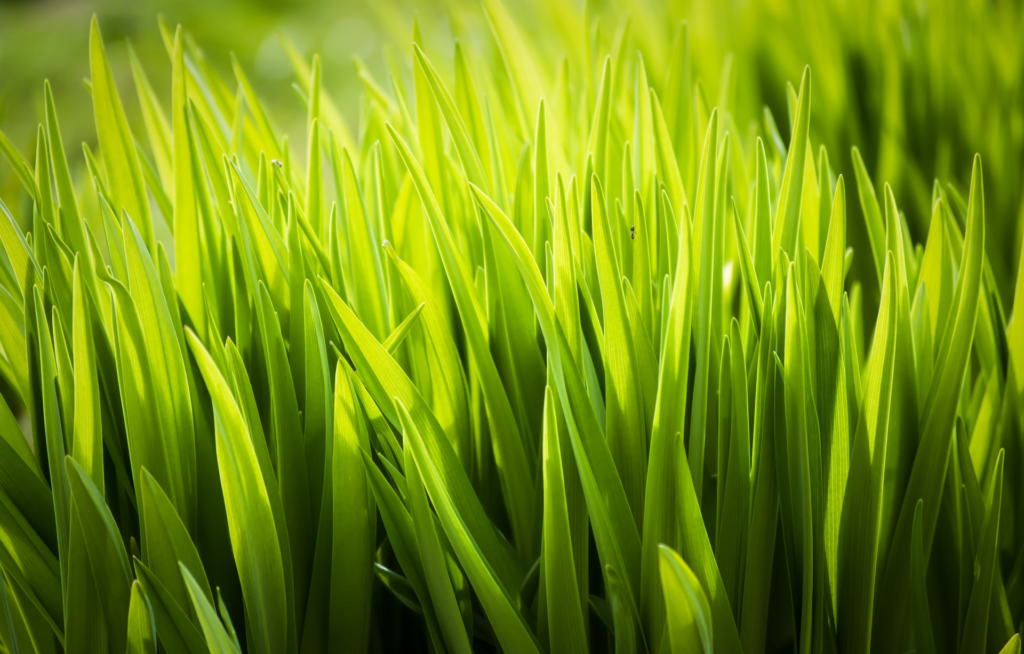(par 3. 5.1) What Is an Autotroph

What Is an Autotroph? Explanation & Examples http://www.brighthubeducation.com/science-homework-help/109894-examples-of-autotrophs-plants-algae-and-bacteria/ Written by: Jarod Saucedo Edited by: Amanda Grove Updated: 10/17/2014 An autotroph is a being that can produce its own food from a variety of sources. Definition What are autotrophs? Autotrophs (also called producers) can form their own food either by using sunlight and photosynthesis (phototrophs) or […]
(par 3. 5.1) Primary production

Primary production Main article: Primary production Primary production is the synthesis of new organic material from inorganic molecules such as H2O and CO2. It is dominated by the process of photosynthesis which uses sunlight to synthesise organic molecules such as sugars, although chemosynthesis represents a small fraction of primary production. Organisms responsible for primary production include land plants, marine algae and some bacteria (including cyanobacteria).
(par 3. 5 ) Energy-flow through the ecosystem

http://www.mansfield.ohio-state.edu/~sabedon/campbl54.htm FLOW OF ENERGY THROUGH ECOSYSTEMS (1) Ecosystem (a) “An ecosystem consists of all the organisms living in a community as well as all the abiotic factors with which they interact.” (b) Note that the boundaries of ecosystems are typically not arbitrarily defined, but instead are defined in some meaningful way: A pond, a field, a forest, […]
